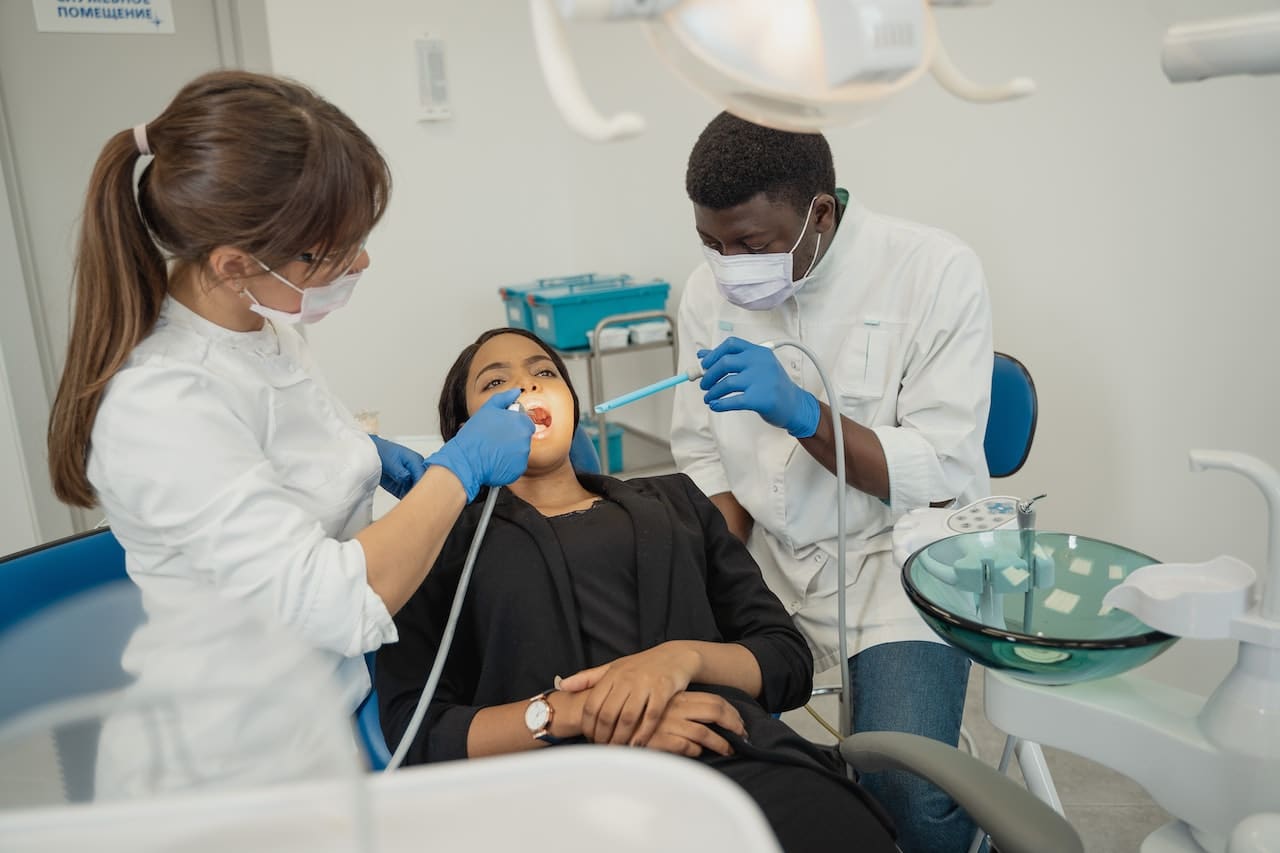Wisdom teeth removal is a common procedure that millions worldwide undergo each year. It is usually done when the wisdom teeth, the third molars, begin to cause pain or become impacted. Impacted wisdom teeth will often cause infection, crowding, and other complications. Depending on the individual, wisdom teeth removal may be done with local anesthesia, intravenous sedation, or general anesthesia.
What Are the Signs of an Impacted Wisdom Tooth?
Wisdom teeth are the last set of molars to come in, usually between the ages of 17 and 25. Impacted wisdom teeth can cause pain, infection, and other dental issues if left untreated. The signs of an impacted wisdom tooth can vary, but some of the most common include the following:
1. Swelling
Swelling around the gums and jaw is one of the most common symptoms of an impacted wisdom tooth. This swelling can be accompanied by pain and discomfort.
2. Pain
Pain and discomfort around the jaw and gums indicate an impacted wisdom tooth. This pain can range from mild to severe and can be accompanied by other symptoms.
3. Infection
If an impacted wisdom tooth is left untreated, it can lead to an infection. This infection can cause swelling, pain, and even abscesses.
4. Difficulties Eating
Impacted wisdom teeth can make it difficult to chew and eat food. This can be due to the pain and discomfort associated with the impacted tooth, as well as the position of the tooth itself.
5. Bad Breath
Impacted wisdom teeth can cause bad breath due to the food particles and bacteria that become trapped around the tooth. This can lead to an unpleasant smell in the mouth.
6. Jaw Stiffness
Impacted wisdom teeth can cause the jaw muscles to become stiff and sore. This can lead to difficulty opening and closing the mouth and pain and discomfort when chewing.
How Does the Wisdom Tooth Removal Process Go?
The wisdom tooth removal process can be a daunting one, but it can also be surprisingly straightforward. Knowing the steps involved in the process can help ease worries and make the entire experience easier.
1. Consultation
This is the first step of the wisdom tooth removal process. During the consultation, your dentist will review the current state of your teeth and gums, assess the wisdom teeth’s position, and discuss the procedure.
2. X-rays
X-rays are usually taken to better look at the wisdom teeth and the area surrounding them. This helps the dentist understand the extent of the problem and plan for the procedure.
3. Anesthesia
Depending on the complexity of the extraction, your dentist may recommend local anesthesia or general anesthesia. Local anesthesia numbs the area around the tooth to reduce discomfort during the extraction. General anesthesia puts you to sleep during the procedure.
4. Removal
Once you are numbed, your dentist will use a small tool to loosen the tooth before gently removing it. Sometimes, the dentist may need special tools to remove the tooth.
5. Recovery
After the procedure, you will be monitored for a few hours until the anesthesia wears off. Your dentist may prescribe pain medication for any discomfort you feel during the healing process.
Conclusion
Wisdom tooth removal is a common procedure that a qualified dentist or oral surgeon can perform. The decision to remove wisdom teeth is often based on several factors, including the tooth’s position, the surrounding teeth’ health, and the patient’s overall health. In most cases, wisdom teeth can be removed safely and without complications.
Need emergency dental care in Pickering? You can visit us at Pickering Dental Services. We offer our clients the best preventive dental care to ensure that they can keep their oral health in top shape. Book an appointment with us at Pickering Dental Services today.


